DON'T choose a camera – you should be choosing the lenses
You've been doing it wrong! 5 reasons why you should choose lenses BEFORE you choose a camera system
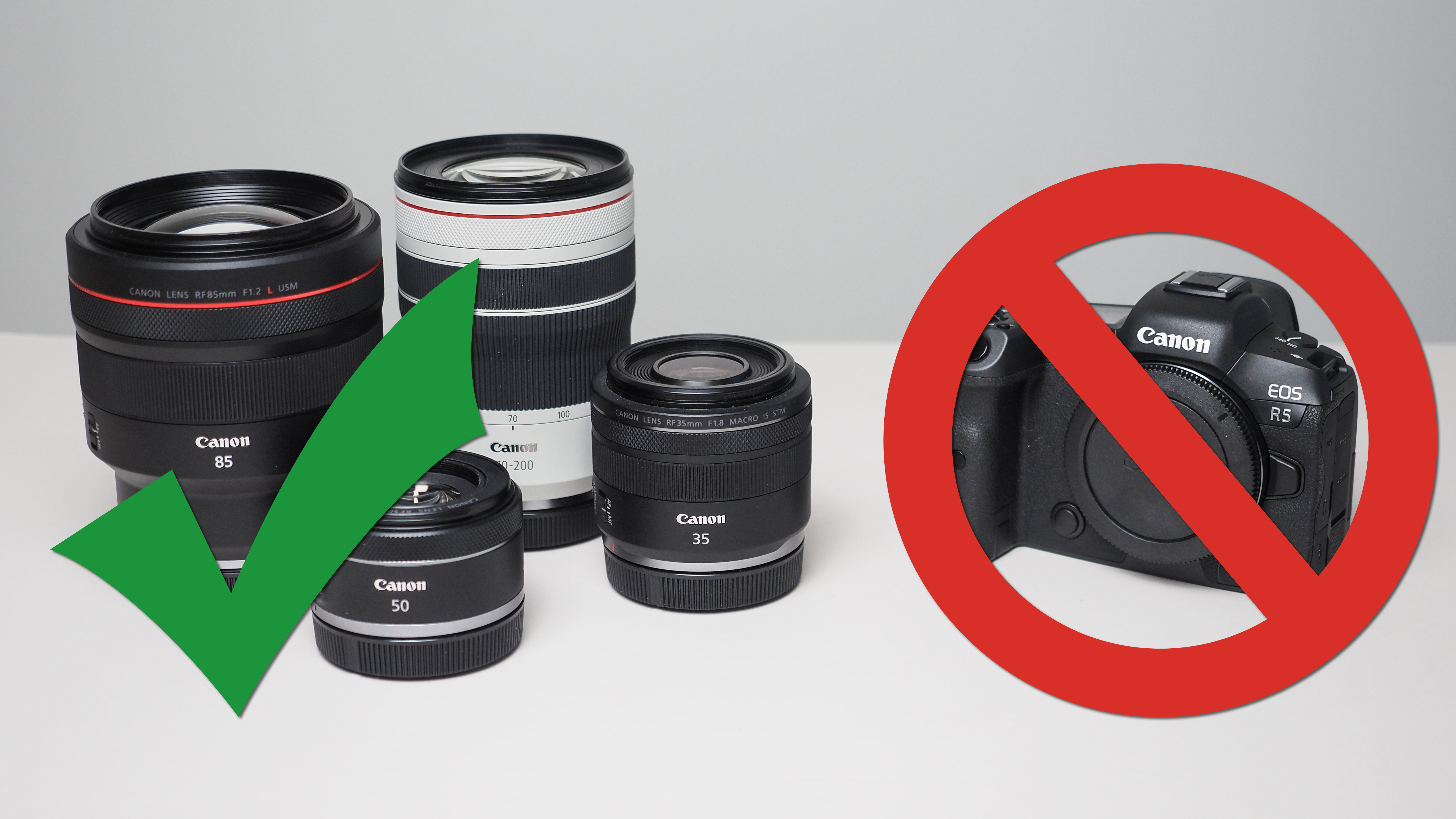
We've all been there. Whether you're buying your first camera, you're upgrading your current camera, or you're switching brands and systems entirely, you look for the best possible camera body and that's the one you get.
Here's the problem, though: you're doing it completely backwards!
Obviously, choosing the best camera is incredibly important. If it doesn't have the features or the resolution or even the control layout you need, it's not going to do the best job for you.
However, at a certain point, a camera is a camera – and these days, it's actually pretty hard to buy a bad one. So the thing that should really dictate which camera you buy isn't the body itself, but rather the lenses for it.
It sounds obvious, but it's often the last thing that photographers think about. They get wowed by the idea of having a medium format camera like a Fujifilm GFX 50R, or of getting a camera like the Canon EOS R5 that can shoot 8K… but they often don't consider the best camera lenses that will (or, in some cases, won't) go on them.
So while picking, for example, the best Canon camera is all well and good, if the best Canon lenses to put on it aren't the ones that you actually want or need, then even the best camera might not be right for you.
So, when you're scoping for a new camera, here are five reasons why you should make your choice based on the lenses, not the body…
Get the Digital Camera World Newsletter
The best camera deals, reviews, product advice, and unmissable photography news, direct to your inbox!
1. Price!
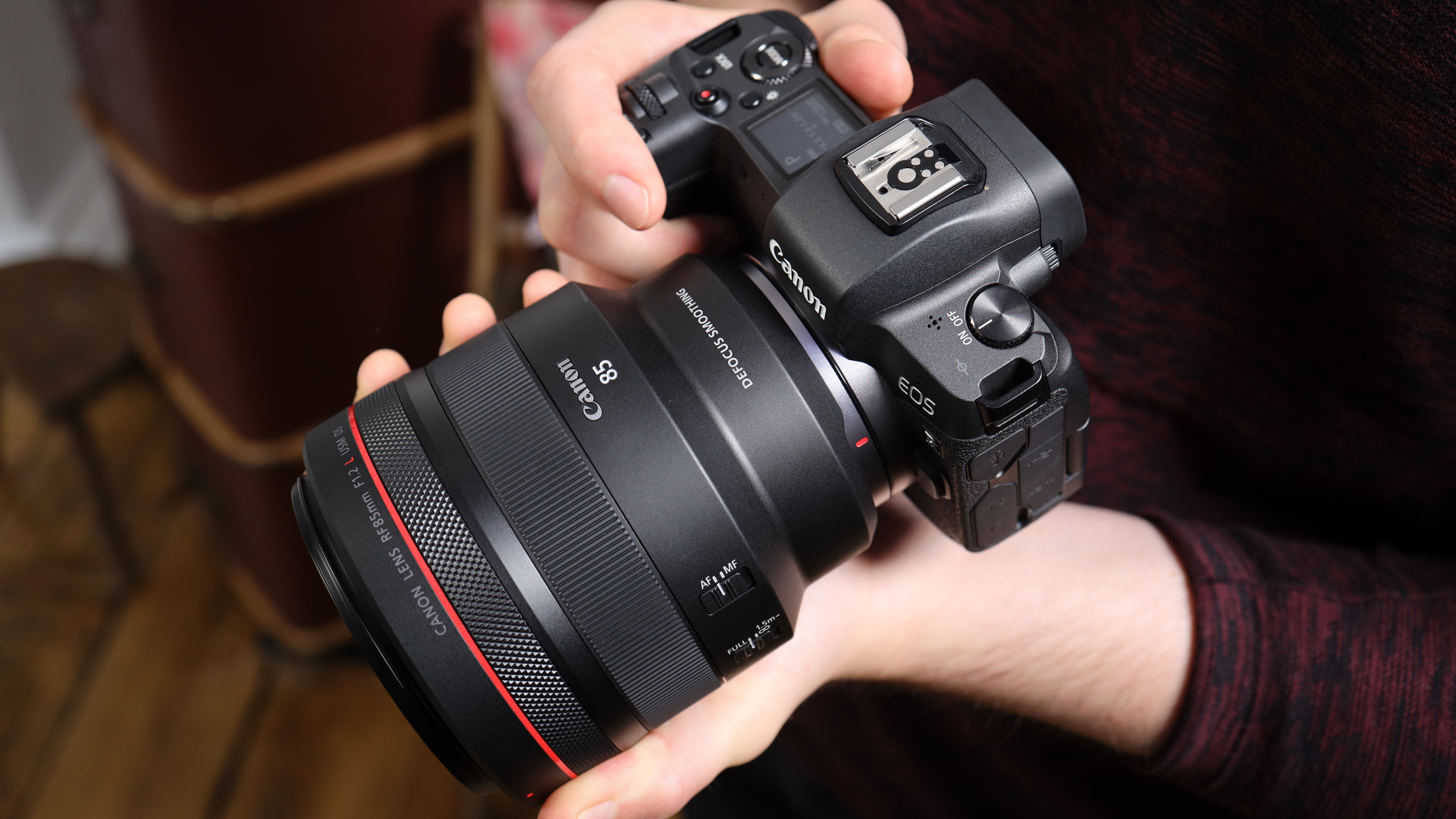
This one might seem obvious, but it's not always the case. Many times you'll see a great deal on a camera, or there's an irresistible offer in the Black Friday sales, and you buy a body at a bargain price… but then you get a rude awakening when you see how much the lenses cost.
The Canon EOS RP, for instance, is a brilliantly priced camera that uses the cutting-edge Canon RF mount – but while the camera itself is affordable, many of the RF optics are still very expensive. Likewise, you might grab a Sony A7 III at a bargain price, though the cost of the G Master lens you want may give you palpitations. And while prices are lower than ever for the best medium format cameras, the cost of the best Hasselblad lenses could make your eyes water.
A great camera is no good if you can't afford the glass for it, so make sure that you're buying into an ecosystem that suits your budget!
2. Size & weight
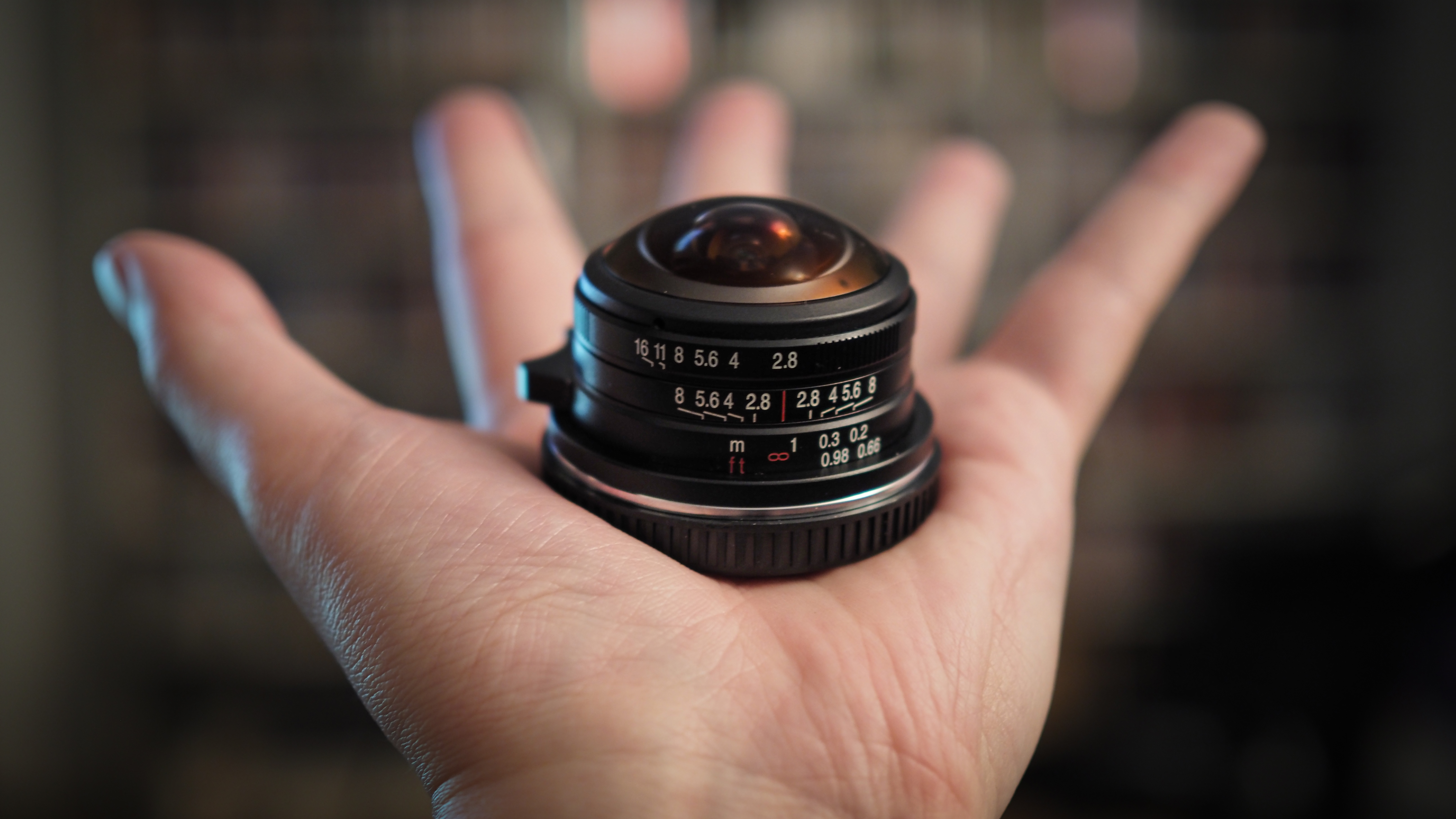
Here's another area that's under-considered when buying a new camera system. Mirrorless cameras offer a huge size and weight saving over DSLRs – but even if you buy a tiny full-frame mirrorless camera, like the Sigma fp, you're still going to be stuck putting huge full-frame lenses on it.
Maybe you want the best travel camera or the best camera for street photography. Maybe you're sick of carrying a huge camera bag. Or maybe you've got a condition or disability that means you can't physically use heavy kit. Whatever the case, if you want a small system, you have to look at the lenses for it.
This is where a format like Micro Four Thirds comes into its own, as the best Micro Four Thirds lenses are the smallest and lightest on the market. So be aware that a small camera doesn't necessarily mean small lenses!
3. Lens selection
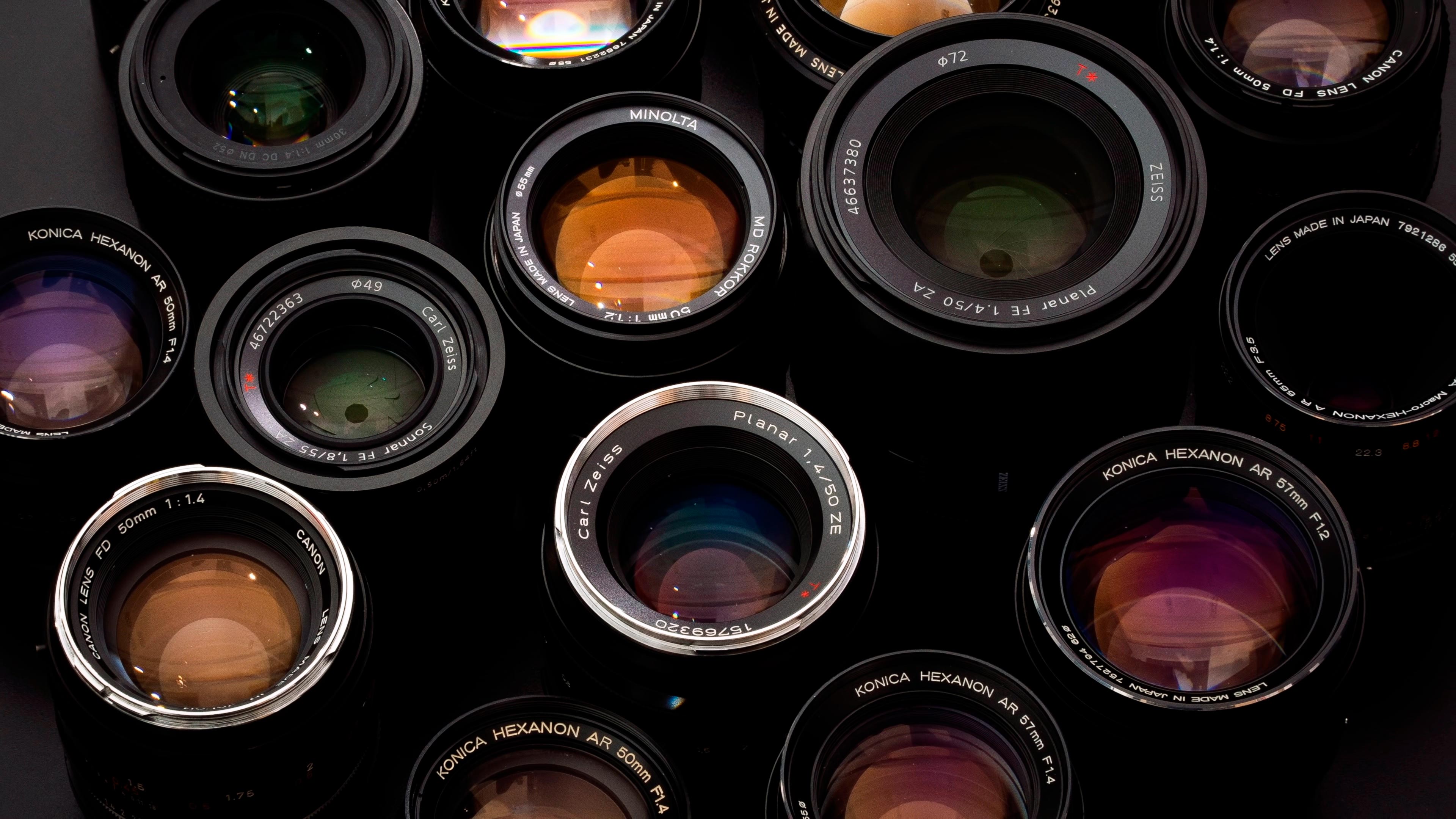
Again, this one seems so obvious – but photographers often buy into a system and then find themselves having to change a few years later because they can't get the glass that they actually want for it.
If you shoot architectural shots or interiors, for instance, you'll need a system that offers tilt-shift lenses. You may also want other specialist optics, like fisheye lenses, macro lenses, cine lenses and so on… and you'd be surprised how many mounts don't offer these as native options.
Of course, new mirrorless mounts like the Canon RF and Nikon Z were launched with an adapter that enables you to use existing DSLR lenses, and mirrorless camera in general is great for adapting optics from other systems (including vintage lenses), but there are often asterisks involved in terms of performance and compatibility. Speaking of which…
4. Compatibility
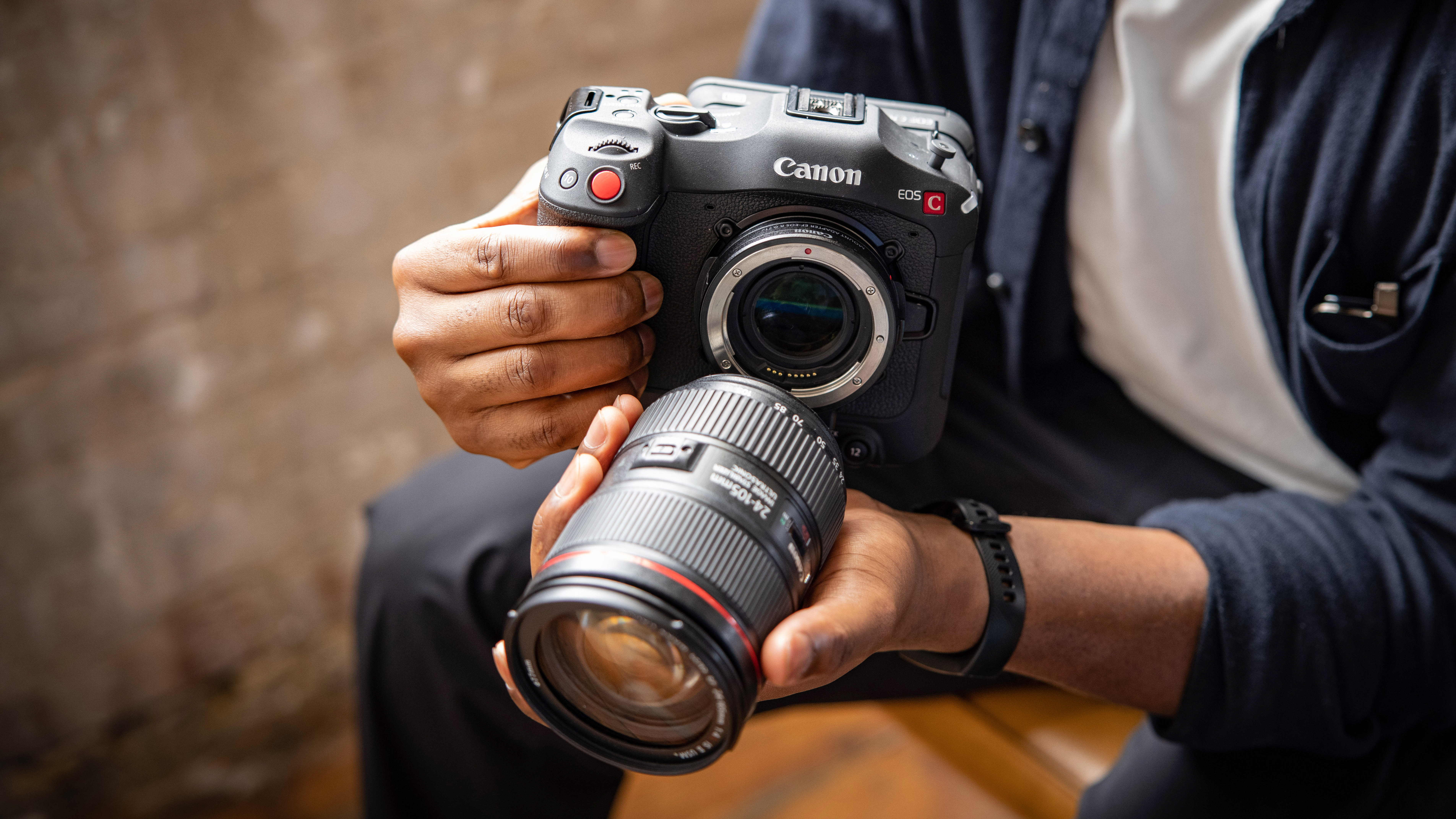
This one often catches people out, even if they're buying a new camera from the same manufacturer.
Take the Canon EF-M system, for example. Buying something like a Canon EOS M50 can be a great option, as the camera and lenses are small, affordable and great to use. And it's appealing because you can also use Canon EF and EF-S lenses with a simple adapter. However, if you want to upgrade to a Canon DSLR or RF-mount camera, your EF-M lenses won't work, and you will have to buy those optics all over again.
Ditto if you want to buy a new mirrorless camera and keep your DSLR as a second body; Canon RF and Nikon Z lenses won't physically fit on DSLR cameras. So check and double check whether the lenses you've already got are going to work on the camera you want to get!
5. Future proofing
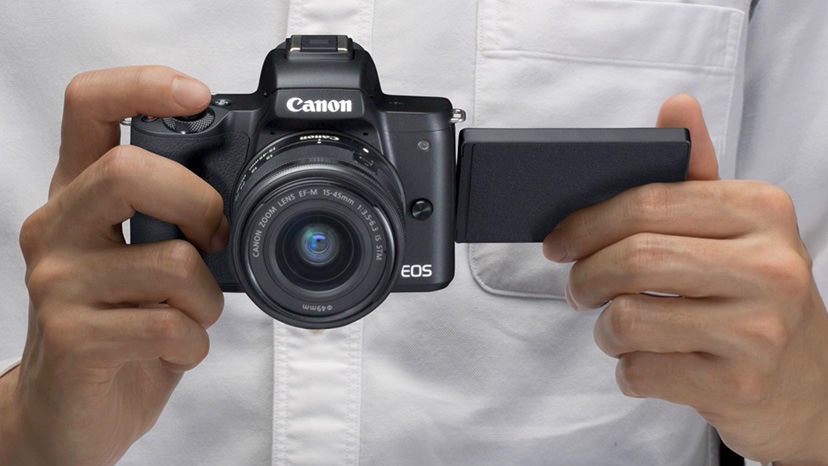
Along similar lines, it's really helpful to think about where you and your photography are going to be in five or ten years' time.
Today, buying an APS-C camera might be the right move for you. However, at some point in the future, you might need a camera with a larger sensor or higher resolution. Shooting 24MP photographs or 4K video might be fine for 2021, but will that be sufficient in 2031?
When it comes time to upgrade, you'll want your lenses to carry over to your new system – but as noted, Canon EF-M lenses won't work on Canon's full-frame cameras, and Fujifilm X-mount glass won't work on its medium format bodies. A bit of forward-thinking now can save you heartache – and money – in the future!
Read more:
Best Canon RF lenses
Best Nikon lenses
Best Nikon Z lenses
Best Sony lenses
Best Fujifilm lenses
Best L-mount lenses

James has 22 years experience as a journalist, serving as editor of Digital Camera World for 6 of them. He started working in the photography industry in 2014, product testing and shooting ad campaigns for Olympus, as well as clients like Aston Martin Racing, Elinchrom and L'Oréal. An Olympus / OM System, Canon and Hasselblad shooter, he has a wealth of knowledge on cameras of all makes – and he loves instant cameras, too.
